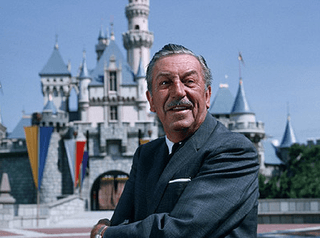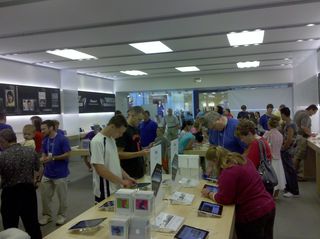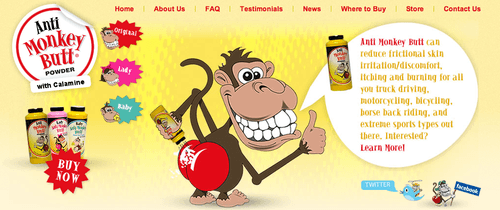Brand alignment – are all the cogs in synch?
January 3, 2011
 Your brand is not your logo….your brand is not your logo. (tired of hearing me say that yet?)
Your brand is not your logo….your brand is not your logo. (tired of hearing me say that yet?)
Your brand is the essence of your business. From 20,000 feet — it is who you are, why you exist, the unique value you offer your customers, how you behave, what you believe in, what you promise and of course, how you keep that promise.
When you not only understand but can articulate all of that to a prospective customer, potential employee and your current staff and clients — you now possess one of the most potent tools a business owner/leader can imagine.
One of the basic tenants of any relationship is consistency. We trust the people and companies who behave in a way we can count on. Brand alignment is a powerful way to make a promise and then keep that promise — over and over again. Over time, that earns us the consistency badge which eventually leads to brand loyalty and referrals.
As 2011 kicks off — it’s time to examine your own brand’s alignment and decide if any aspect of it needs tuning up. There are many moving parts to a brand — and they all have to be in synch.
- Your mission — why do you exist (from an internal point of view — why do you fight the fight every day?)
- Your vision — how you want to change your corner of the world (from the world’s point of view)
- Your promise — what is the promise that you will boldly make to your customers and employees — the sword you will always fall on
- Your brand personality — how does your brand behave? If you brand were a person — how would the world see him/her?
- Your tagline — how do you tell the world about your vision and promise? This is the first sentence of your elevator speech and how you get someone excited to work with/for you
- Your visuals — if you had to describe your brand without words, how would you use colors, shapes, symbols etc. to do that. Here’s where your logo and color palette come in
- Your touch points — in every way you come into contact with your employees, prospects and customers — how do you weave your brand promise and personality into those encounters. How do you add a bit of lagniappe that is uniquely you into each touchpoint?
We’ll dig into each of these aspects over the next couple weeks but for now, step back and look at the big picture. Is every cog of your brand working in perfect alignment with the others? If not, it’s time to make a change.
At McLellan Marketing Group, we don’t just preach this stuff, we live it out with you. In our own brand alignment check, we decided that our tagline needed a tweak. Back in 2003, when I bought out a business partner, we agreed that the company needed to be re-branded once the buy out was complete. In the agreement, we only allowed a couple weeks to get that accomplished.
We knew we believed that strategy was king. It drives marketing creative, decisions and direction. And one of our core beliefs is that passion cannot be ignored — so for the past 6 years, we’ve used the tagline “where strategy and passion collide!” Still as true today as it was back then. We believe there’s an energy that is created when clients with a passion for their work and customers get connected with the right strategy and with MMG.
But… as we “grew up” as a company we recognized that what we’re spectacular at is helping our clients forge lifelong relationships with their customers. That’s about brand, it’s about creating memorable experiences, it’s about being their hero and it’s about the notion that you have to keep courting your customers as though it’s your first date.
 Which has led us to talking a lot about creating a love affair with your customer. We realized that when we introduced ourselves — that’s the line we were using to kick off the conversation, not our tagline. So as of a couple weeks ago, we made the switch. (And of course, will be continuing to change out everything over the next few weeks.) Our new tagline “Create a love affair with your customer” takes the strategy and passion’s collision and makes it very tangible. It makes the collision matter. It’s the why.
Which has led us to talking a lot about creating a love affair with your customer. We realized that when we introduced ourselves — that’s the line we were using to kick off the conversation, not our tagline. So as of a couple weeks ago, we made the switch. (And of course, will be continuing to change out everything over the next few weeks.) Our new tagline “Create a love affair with your customer” takes the strategy and passion’s collision and makes it very tangible. It makes the collision matter. It’s the why.
Your turn. Start thinking about all of those brand elements listed above. Is each cog in perfect alignment with the others or are they off just a little?
Want a tool to help you check your brand’s alignment? Here’s a link to the MMG brand criteria chart.
More
















